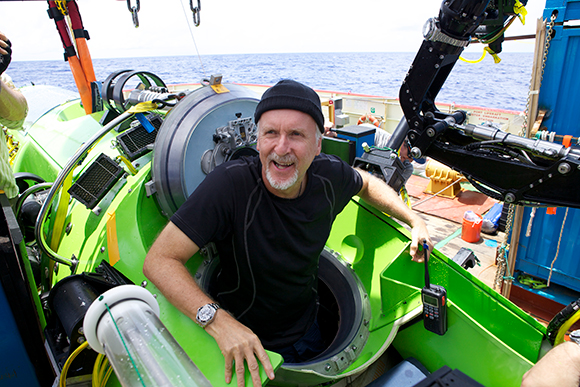|



|
FROM SITE SELECTION
MAGAZINE, NOVEMBER 2022 ISSUE
|

|
TOP BUSINESS PARK LOCATIONS
Potsdam Science Park is just one example of the unique offerings of
members of the International Association of Science Parks and Innovation
Areas.
|
|
 
|
Argentina
If you’re like us, you didn’t want the World Cup to end. So today we
highlight two projects located in the countries whose soccer teams
played so valiantly in yesterday’s epic final. This new Whirlpool plant
in Fátima, within the district of Pilar in Argentina, opened in October.
It will manufacture 300,000 high-capacity washing machines per year —
approximately one every 40 seconds — and will generate 600 indirect and
300 direct jobs in the region. “With more than 30 years in Argentina,
Whirlpool has become known as one of the main appliance brands in the
country. Now, we seek to be the largest exporter in our industry from
the country,” said Whirlpool Latin America Global VP and President
Carlos Brega. It is expected that two-thirds of what is manufactured
will be exported to Latin America — primarily to Brazil — and generate
an annual revenue of more than $50 million, the company said.
France
This new whitefish plant in Saint-Quentin, located less than 60 miles
from the Belgian border in the Hauts-de-France region, will start up in
2023 to primarily serve the market in Germany and the Benelux countries.
Cite Marine is a subsidiary of Japan’s Nippon Suisan Keisha. According
to Nord France Invest, the company already owns seven production sites
in the Grand Ouest region. The new project “provides for an additional
€15 investment by 2025,” the French agency reports, “increasing the
workforce to 300.” Which means, of course, that the job creation battle
between this project and the Argentina project above will end in a draw.
|
|

|
COMMUNITY COLLEGES
A new project from the Aspen Institute and Columbia University’s
Community College Research Center aims to align credentials with better
earnings.
|
|

|
INVESTMENT PROFILE: GEORGIA
Quick Start teaches Georgians how to build EVs, batteries and corporate
jets.
|
|
|
SITE SELECTION
RECOMMENDS
|

|
The U.S. Government Accountability Office this month
released a report about the role played in national security
by commercial satellite imagery and
data, with an overview of contracts across 10
civilian federal departments that use satellite imagery.
“Eight of 10 departments and agencies reported that they use
commercial satellite imagery acquired by the National
Reconnaissance Office and the National
Geospatial-Intelligence Agency (NGA) through their
participation in the National System for Geospatial
Intelligence or through their access to commercial imagery
in NGA’s web-hosted service,” the report states, noting the
expected growth of the commercial space industry. In a
separate classified enclosure that will be provided to those
entities with the proper clearance and need to know, GAO
also reports on contracts for the purchase and use of
commercial satellite imagery by DOD, the Office of the
Director of National Intelligence and the Central
Intelligence Agency.
|
|
|

|
Photo by Mark Theissen for National Geographic courtesy of the Natural
History Museum of Los Angeles County (NHM)
|
|
The world is flocking to his “Avatar” sequel “Avatar: The Way of Water.”
But James Cameron is at least as well known for his real-life underwater
explorations. That work is chronicled in a new exhibit now up at the
Natural History Museum of Los Angeles County. “PRESSURE: James Cameron
into the Abyss” celebrates the 10th anniversary of his 2012
record-breaking, solo dive to the deepest point on Earth — nearly seven
miles down in the Mariana Trench — in the Challenger Deep submersible.
“We’re entering an exciting new age of technically-enabled ocean
exploration reliant on a new suite of marine vehicles, advanced imaging
systems and other tech that will propel ocean science,” James Cameron
said in the museum’s news release. “More than 80% of our oceans are
unexplored. There are mysteries to solve, new discoveries to make and
critical knowledge to acquire.”
|
| |

